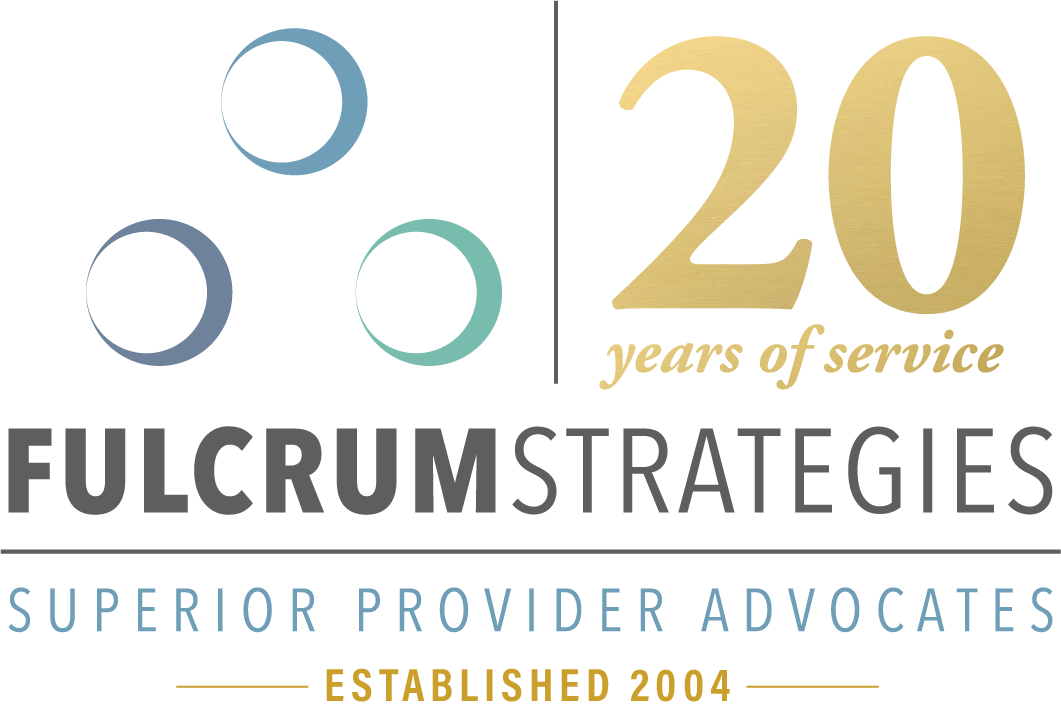The Perfect Storm (Part Three)
Post Covid-19 – The Business Response.
In the months of March and April over 36 million American’s filed for unemployment. That means in just two months our economy went from having very little unemployment to the highest unemployment rate since the great depression of the 1930s. Most economists project that before this crisis is over the unemployment rate in this country will exceed the previous record of 24.9%. That’s right, before this is all over one out of every 4 people in the US job market will be without employment. Most American’s weren’t even alive 87 years ago the last time we had this much unemployment. The fact that this all happened in just two months is beyond comprehension and something no one ever expected to see.
Many industries like airlines, hotels and manufacturing have been virtually destroyed by this economic crisis. The big question right now for everyone is what will happen when this crisis subsides and what the world will look like when we all try to return to work.
I am going to spend the next few minutes talking about how businesses are going to respond to this crisis as the economy opens back up and how that will impact the financing and delivery of health care.
As we recover from this crisis it’s clear that almost every business will have been damaged by this economic downturn. It’s also clear that it will be some time before out unemployment rates return to where they were just a few months ago. Both of these facts will impact what health care looks like in our future.
With damaged bottom lines, pressure from investors to return to previous levels of profitability and high unemployment employers will have the opportunity and incentive to reduce the amount of money they spend on health insurance for their employees and family members. One way to do this is to simply reduce benefits. Increases in deductibles and co-insurance levels are likely to become the norm. In addition to that, many companies may either reduce or eliminate the amount they pay to cover family members of employees. These actions can dramatically reduce the expense for employers by shifting those expenses to individuals. For physicians and hospitals, moves like this will increase patient responsibilities which often times delay and reduce total revenue received for services provided.
In addition to these simple moves we may see a tectonic shift in how insurance is provided and the way those benefits are determined. Let’s remember that it was an incredible historic event, world war II, that gave birth to the concept of employer funded health insurance. Our current crisis could cause a significant change in the way health insurance operates in the future.
One tectonic change that could come from this is the shift from insurance reimbursing physicians and hospitals at contractual negotiated rates to a structure of defined benefits. Under this type of insurance, the employer decides how much benefit they want to cover for each type of service provided. For example, the employer could decide that they will pay $500 for an MRI needed by one of their employees. The employee would be responsible for all costs above $500. If the insured can find a provider willing to do an MRI for $500, they would have no extra expense. If, however the insured had the MRI done at a hospital and the charge was $2,000 the insured would have to pay the extra $1,500.
This kind of change in how insurance is provided would have a dramatic impact on physicians and hospitals and how they interact with their patients. For most physicians and hospitals this would be the first time they had to either compete on price or at least explain to their patients why their quality or service warranted a premium price compared to a practice across town or in another area. This new dynamic creates both challenges and opportunities. Some practices will pursue the “Walmart” strategy and try to attract volume by being the lowest cost option. Others will pursue the opposite strategy and compete on quality and service thus justifying higher costs. Either strategy can work depending on execution. As an illustration, consider this, a large cup of coffee at McDonalds costs $1.49 while a large, sorry Venti, cup of coffee at Starbucks is more than twice that price. Several blind taste tests show that a majority of consumers can’t tell the difference between the two. Why do so many people spend more money for a coffee at Starbucks? Well, because Starbucks has done a great job of creating real and perceived value in the eyes of consumers. The same opportunity will exist in medicine.
So, as we look to the future and how businesses are going to react to this crisis, we should all be prepared for significant changes. At minimum we will see the uninsured rate climb and patient financial responsibilities increase. In addition to that we may see a dramatic shift to things like defined benefits. Physicians and hospitals should begin preparing for these changes now in order to be ready when they happen.
This country along with everyone else got caught sleeping at the wheel when this pandemic hit. Let’s not duplicate that experience when changes to health care happen post Covid.
Take a listen to our podcast that coincides with this blog post!
https://podcasts.apple.com/us/podcast/fulcrum-strategies-analyzing-changes-in-health-care/id1281557675#episodeGuid=tag%3Asoundcloud%2C2010%3Atracks%2F823633978
